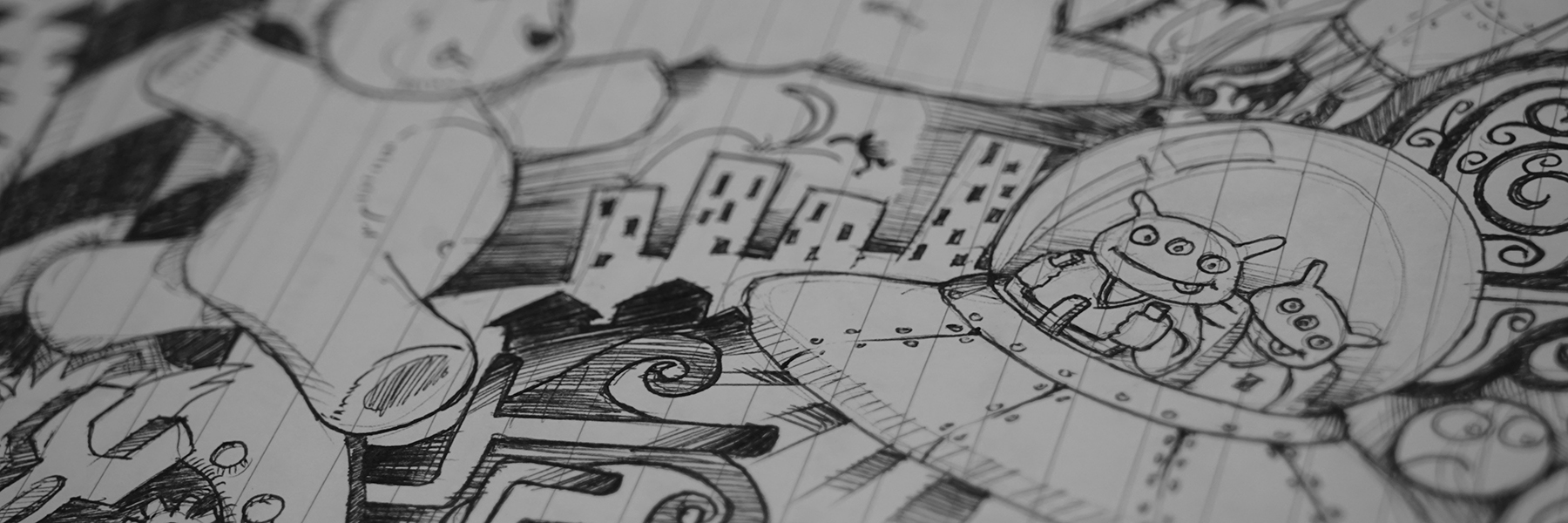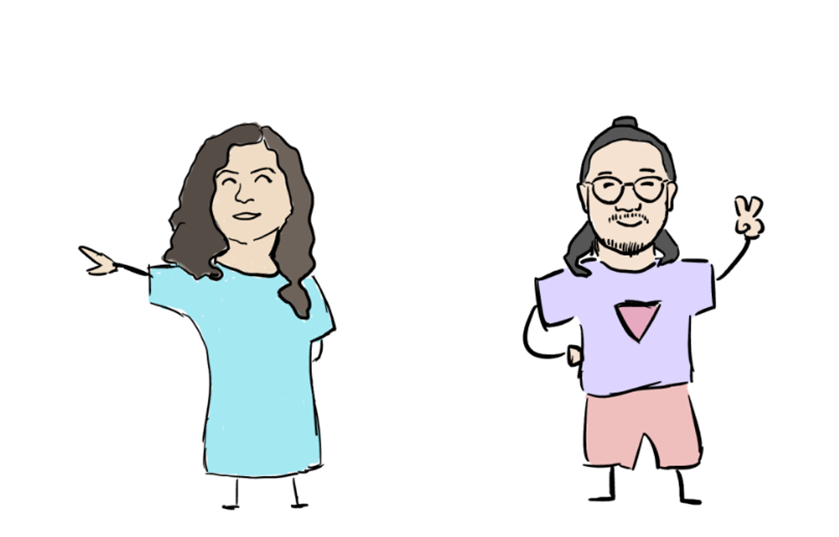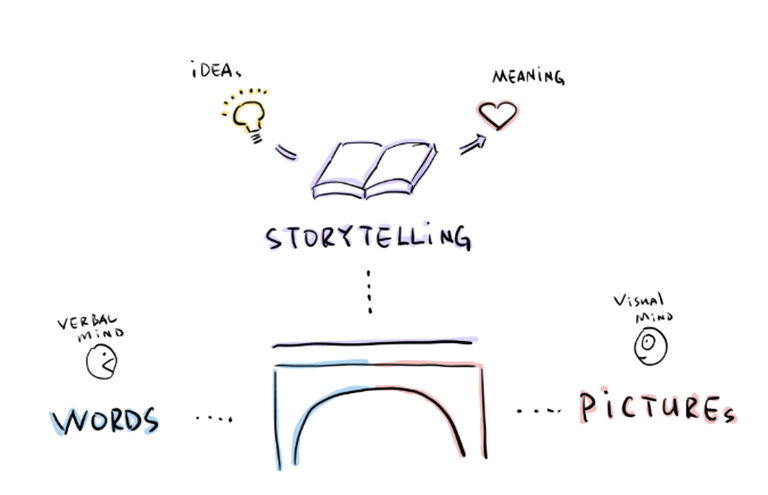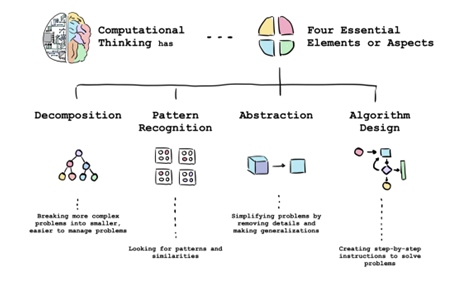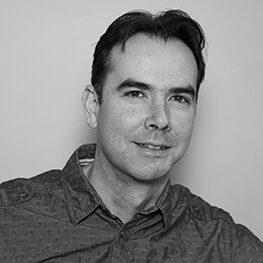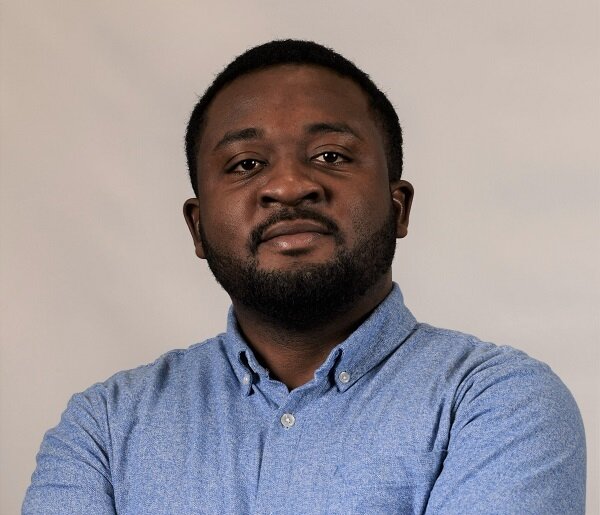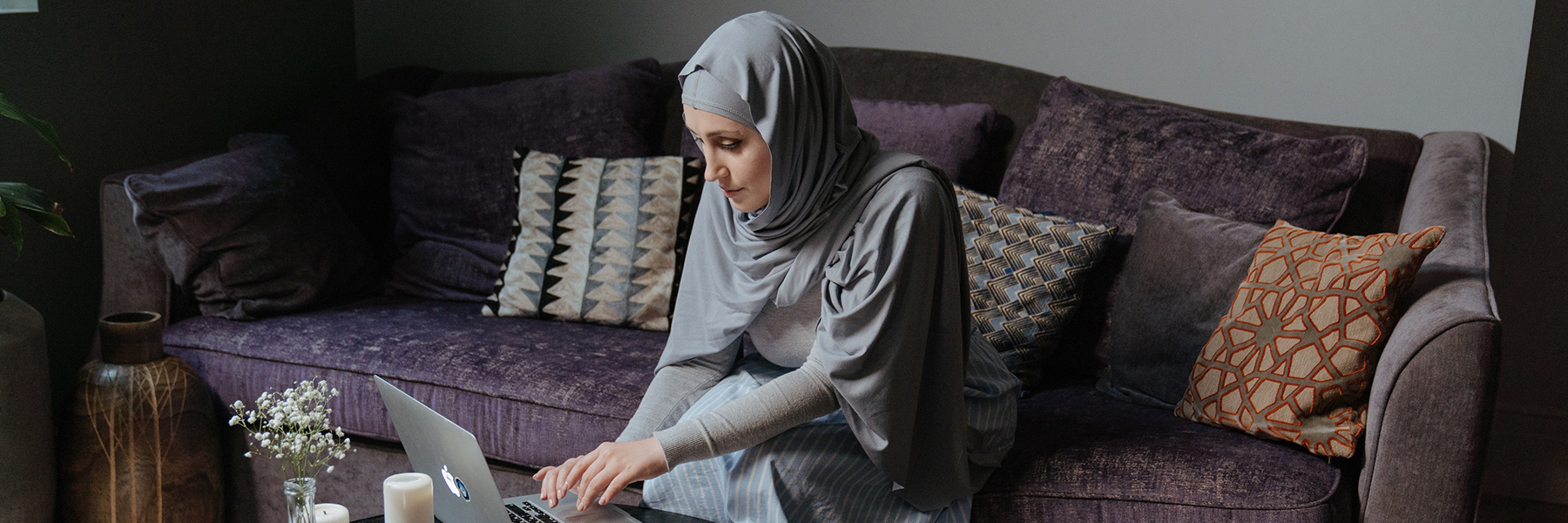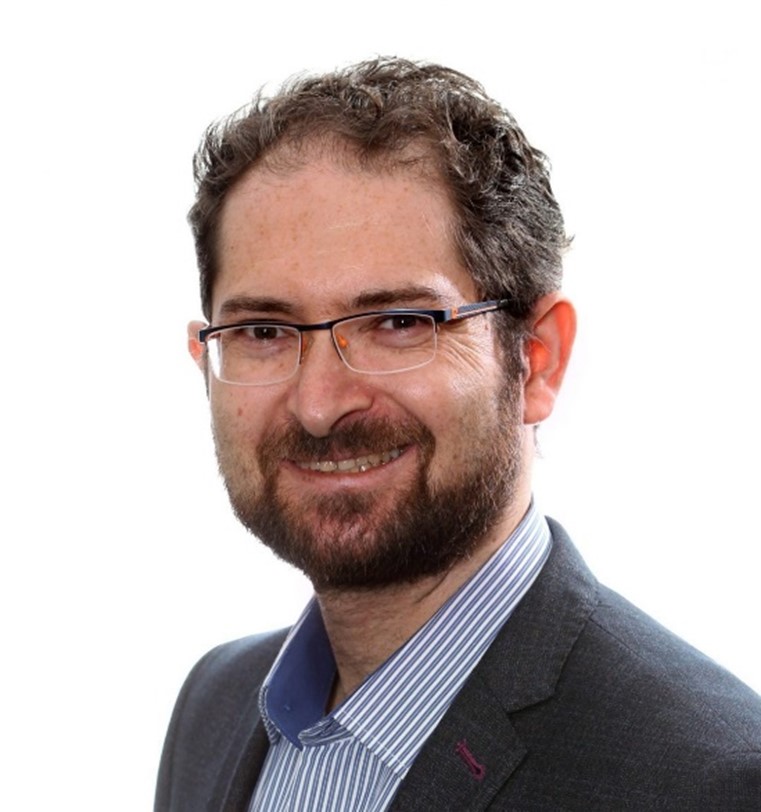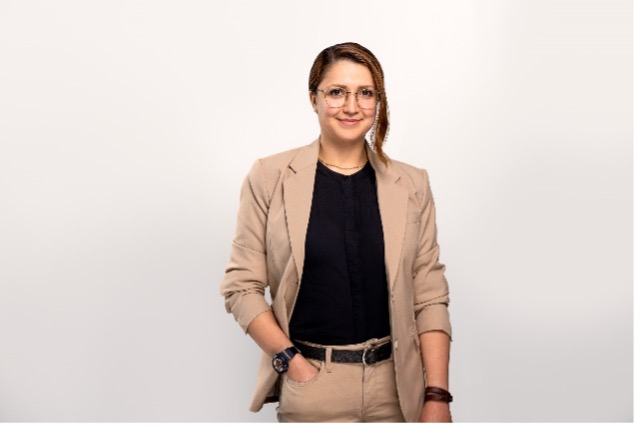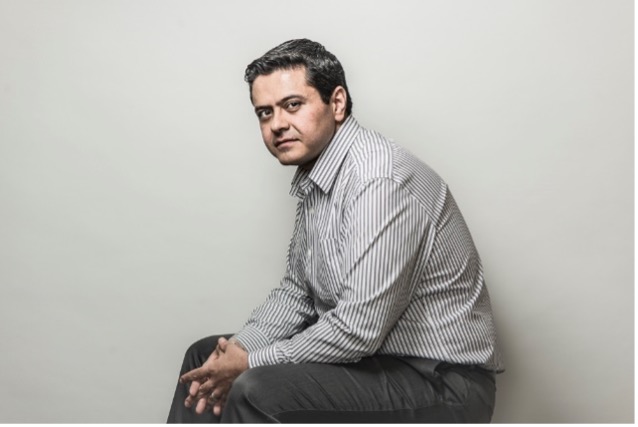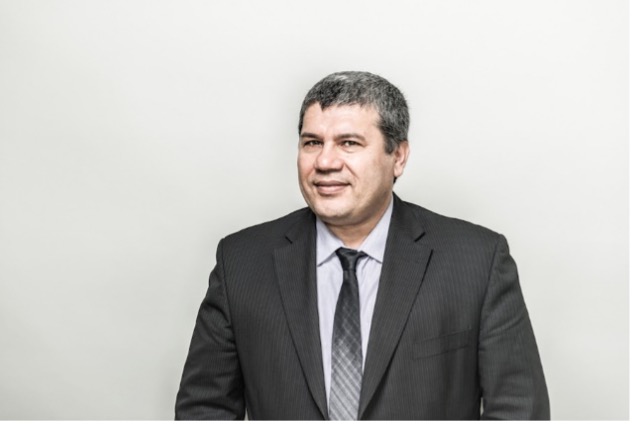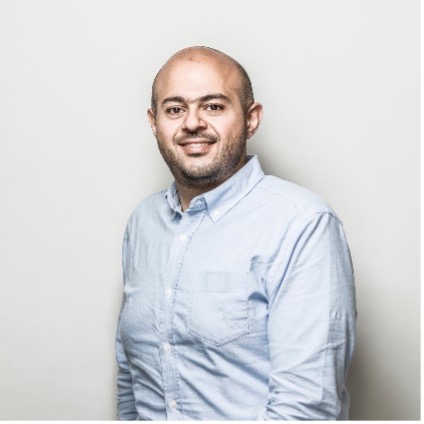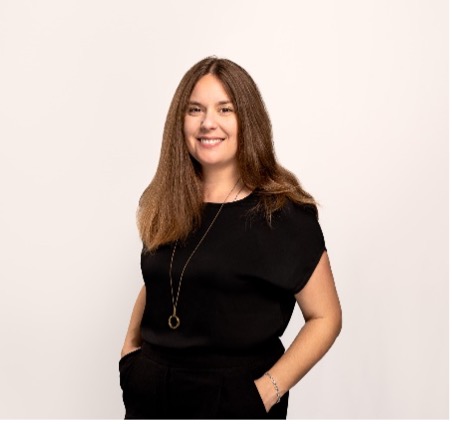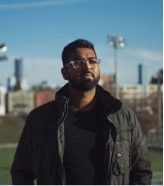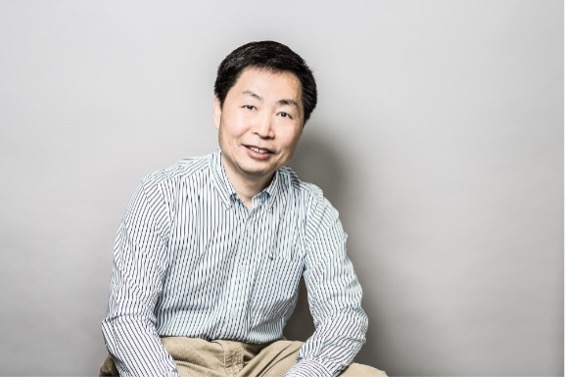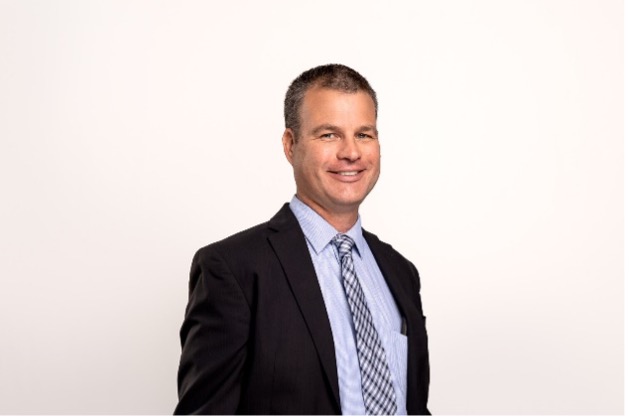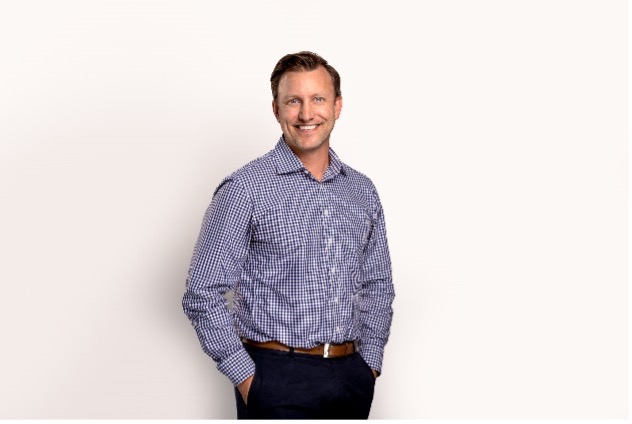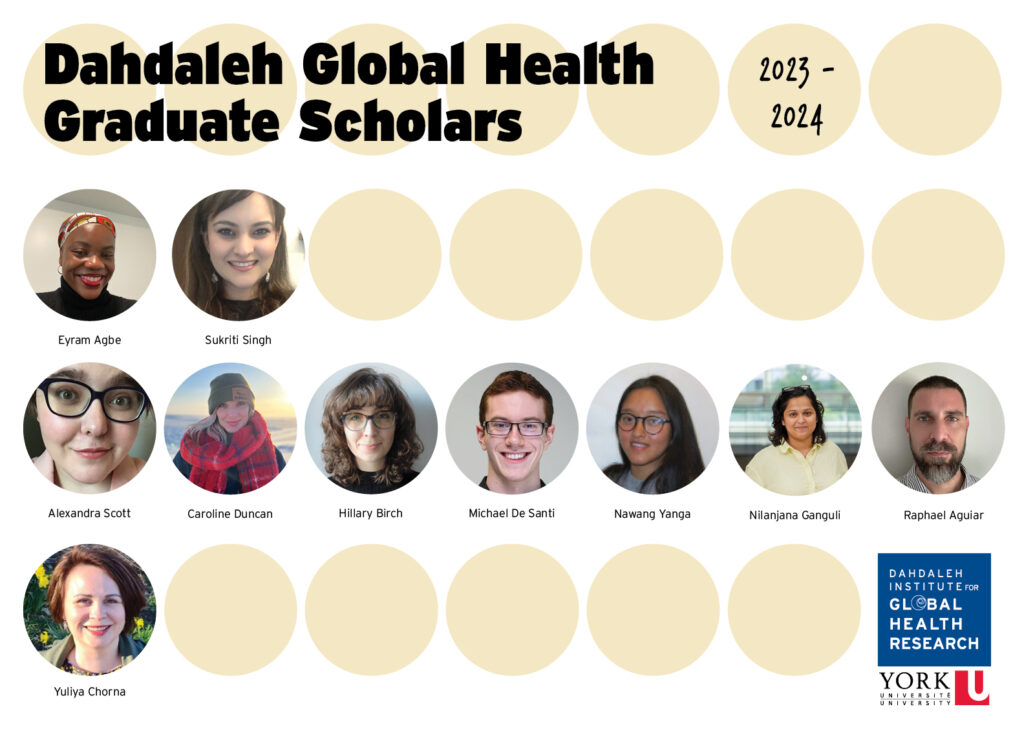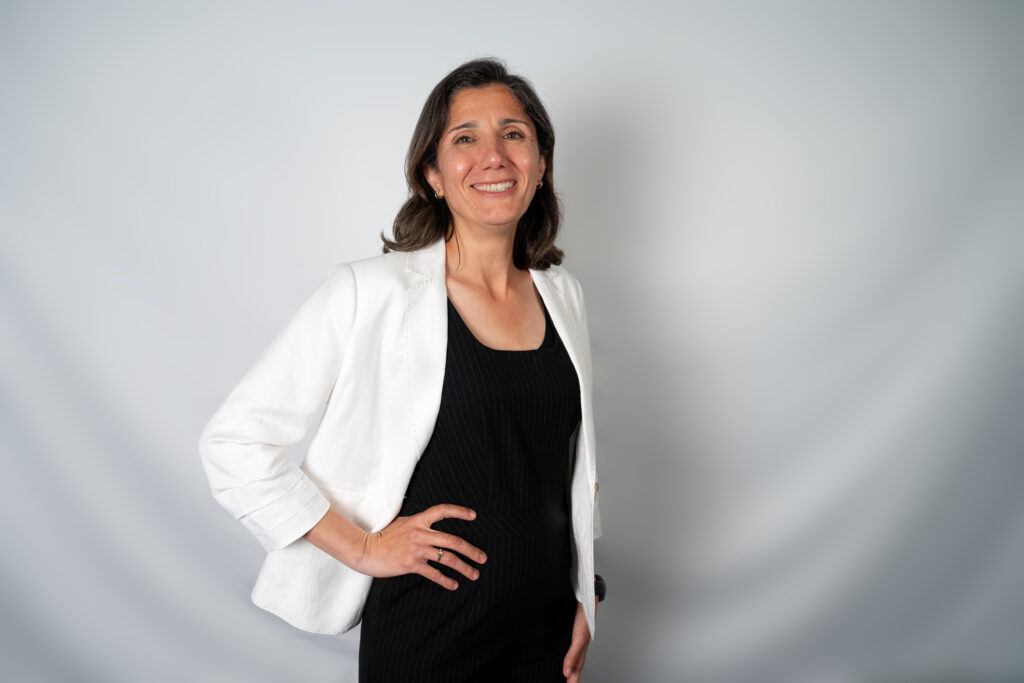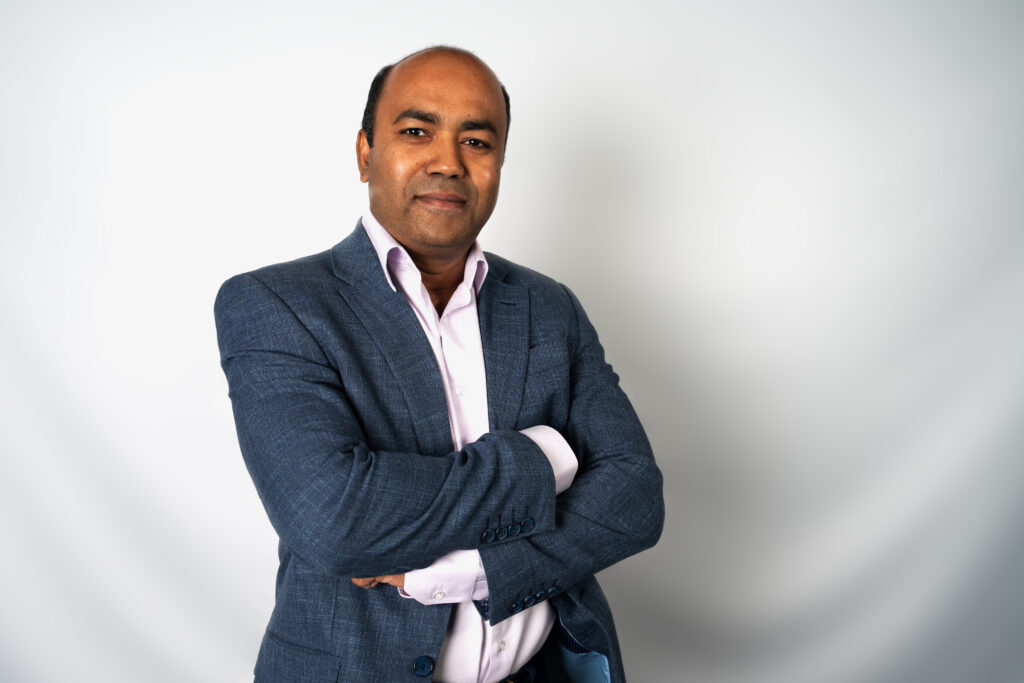Eight York University undergraduate students received awards at Lassonde’s Undergraduate Summer Research Conference in recognition of summer projects that aimed to address the United Nations (UN) Sustainable Development Goals (SDGs).
The projects received funding from the Lassonde Undergraduate Research Awards (LURA), an initiative that promotes experiential learning, skill building and professional development through funded research opportunities, and the Natural Sciences & Engineering Research Council Undergraduate Student Research Awards (NSERC USRA). This year, over 70 undergraduate students worked on research projects alongside faculty members and graduate students, and addressed SDGs like sustainable cities and communities (UN SDG 11), as well as industry, innovation and infrastructure (UN SDG 9).
“Our LURA program was designed to meet the demand for experiential learning and expose students to hands-on research,” says Paulina Karwowska-Desaulniers, director of research priorities and partnerships at Lassonde. “Over the years, the program has enabled hundreds of students to undertake research projects and spark their curiosity with new passions they didn’t even know they had.”
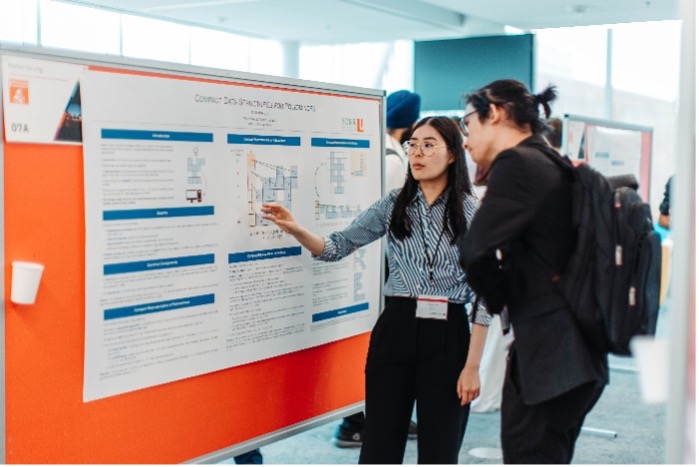
In August, Lassonde’s Undergraduate Summer Research Conference brought together students, faculty and staff across the school, so undergraduate program participants could give oral and poster presentations highlighting the innovative research projects they conducted over the summer.
There, too, projects were evaluated for LURA consideration by a panel of faculty judges as well as student attendees.
The following students received LURAs for their poster presentations:
- Prachurya Deepta Adhikary, a student in the Department of Electrical Engineering & Computer Science, and their project “Markov Chain Monte Carlo Method for Generating Naturalistic Shapes” won first place;
- Ammar Mohamed Mohieldin Ahmed Abouelmaati, a student in the Department of Electrical Engineering & Computer Science, and their project “Optimal Spectrum Partitioning and Power Allocation in Semi-Integrated Sensing and Communications System” won second place; and
- Haydar Isa Senturk, a student in Department of Electrical Engineering & Computer Science, won third place for the project “Design and Optimization of Micro-Coils for Efficient Power Transfer to Brain-Implanted Medical Devices.”
The following students received LURAs for their oral presentations:
- Alice Fours, a student in the Department of Mechanical Engineering, and their project “Vascularization in Tissue Engineering: Engineering Functional Blood Vessels in 3D-Printed Biomaterials for Enhanced Transplantation Outcomes” won first place;
- Sharon Musa, a student in the Department of Electrical Engineering & Computer Science, and their project “Audio-Video Scene Recognition” won second place; and
- Tyler Chung, a student in the Department of Earth & Space Science & Engineering, won third place for the project “Development of a Remote 2-D Imaging Fabry-Pérot Spectrometer for Climate Change Sensing and Monitoring.”
The following undergraduates received Student Choice Awards for presentations:
- Kumar Vaibhav Jha, a student in the Department of Electrical Engineering & Computer Science, and their project “Graph Based Multi-Object Tracking for Traffic Intersection Analytics” won best poster presentation; and
- Stefan de Lasa, a student in the Department of Electrical Engineering & Computer Science, won best oral presentation for their project, “Using Semantics and Geometry to Scale Monocular Depth Estimation Models.”
“At Lassonde, we strive to empower our community of student creators to cultivate new ideas and knowledge,” says Jane Goodyer, dean of Lassonde. “It’s our interdisciplinary approach to research that truly sparks creativity and innovation needed to address global issues.”
Watch the journey of four undergraduate students in the summer research program on YouTube.






